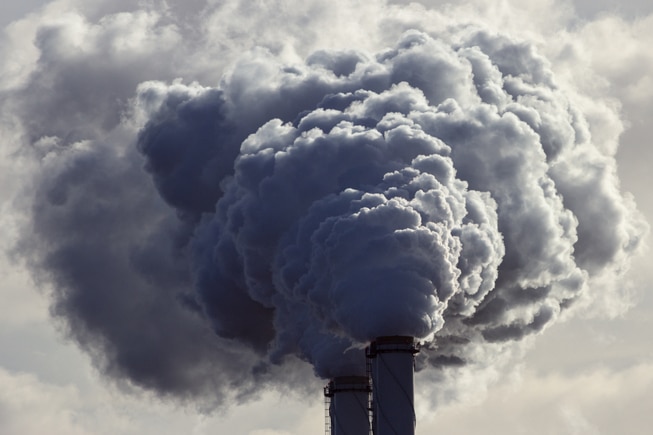Pollution
Pollution occurs in water, soil, air and vegetation, and often leads to disastrous consequences for nature, plants and animals.

Pollution is not just about toxic exhaust, pollution in large cities or oil spills from tankers. It also concerns agriculture, transportation and manufacturing – environmental toxins and substances may be found virtually everywhere, polluting if they are released into the environment. And they are – far too often.
Pollution occurs in water, soil, air and vegetation, and often leads to disastrous consequences for nature, plants and animals. Environmental toxins come from numerous sources, and vary greatly between them in how dangerous they are. Many of the hazardous substances result from our daily lives. Industry, wood-burning and road traffic are major sources of emissions of several heavy metals and organic pollutants. Wood-burning and road traffic also contributes to exceedances of the national targets for particulate matter pollution in Norway’s larger cities.
Ticking chemical bombs
Not all chemicals and substances are equally harmful. Some are harmless. However, there is a large number of chemicals and substances that can cause serious injury both to nature and humans. Not allowed to dump in the nature or process as regular waste, these substances are still fully legal both to make and to use.
And there is no guarantee against accidents.
We have all seen TV images of black beaches and soiled seabirds that are literally drowning in oil. It is among the most obvious pollution accidents. Less visible are the heavy metals that seep into salmon streams from discontinued mining plants, and industrial mercury-containing waste seeping into the sea and ending up in the fish.
Not only accidents cause toxins in the environment.
Legal pollution
You are in fact allowed to release chemicals in to the environment – as long as you follow the legal framework on pollution and waste. The Norwegian Climate and Pollution Agency (Klif) manages and supervises pollution law, the Product Control Act as well as various regulations on waste and pollution. They also decide what pollution is allowed, and issues polluting permits, set demands and limits for emissions, and supervises that the requirements are followed.
Toxic memories of the past
Another cause of pollution and environmental toxins in the environment is long-term effects of formerly used toxic and polluting products. Partly because we knew less about the consequences of using various substances then, chemical use was less regulated before. Now, many years later, the consequences of chemical use is obvious, and the damage is often extensive, sometimes even irreversible, long after the chemicals were used.
Our position
Norway must meet the demands set in international agreements we have signed regarding air and water pollution.
Contaminants will not be released into the environment. Use of hazardous substances in products and processes must be minimized.
Old contaminants still polluting must be mapped and cleared up.
New chemicals must not be permitted until proven unharmful to nature and people. Everyone should have a right to know if products or services contain hazardous substances or toxins harmful for your health and the environment.
Coastal regions must have well-developed oil-spill prevention and response strategies.
Contact: Arnodd Håpnes, ah@naturvernforbundet.no